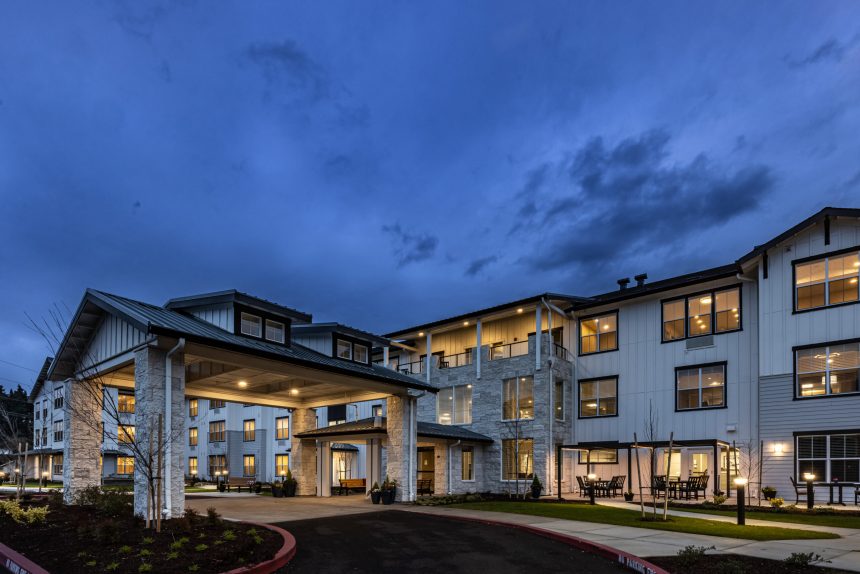Senior living operators are prioritizing renovations to maximize ROI in a slow development market. Projects can range from apartment upgrades to infrastructure improvements, with a focus on increasing occupancy, revenue, and resident engagement.
Operators like Presbyterian Homes and Services and Onelife Senior Living are updating their portfolios to stay competitive. Real estate investment trusts, such as Ventas, are also investing in refreshing older buildings to boost occupancy and outperform industry benchmarks.
Making it worth the cost
Renovations can be costly, ranging from $20,000 to $80,000 per unit and millions per community. The goal is to modernize for new technology and programming. Investments in life enrichment programs are also increasing to enhance resident wellness.
Operators consider staff efficiency and operating expenses in their renovations. By updating amenities and optimizing spaces, they aim to maximize profits and ensure long-term success.
Determining the ROI of renovations
Operators evaluate ROI through various means, balancing costs with providing quality services. The goal is to maintain high occupancy and operational margins while catering to local market conditions.
Renovations can lead to increased revenue, higher rates, and cost savings from energy-efficient upgrades. The key is to strategically plan renovations to see a return on investment within a few years.






